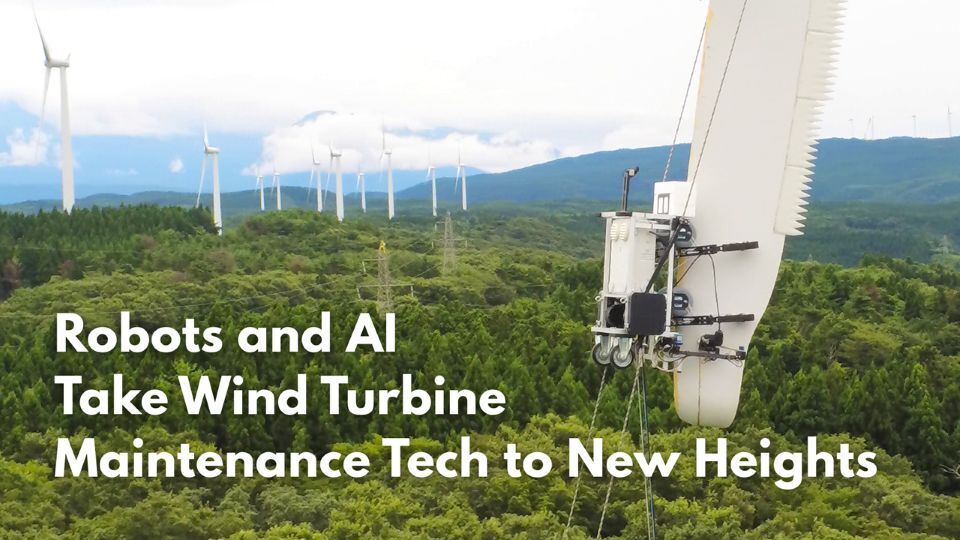
Currently, high-temperature waste heat exceeding 300°C is put to use through such methods as converting it to steam in a boiler and rotating turbines to generate power. However, heat at temperatures below 300°C is simply discharged into the atmosphere.
E-ThermoGentek Co., Ltd., an environmental technology company in Kyoto Prefecture, has focused its efforts on finding ways to utilize this wasted energy. NAMBU Shutaro, the company’s executive chairman, says, “About 75% of the heat energy released into the atmosphere is waste heat below 300°C. We thought it should be possible to convert this heat into electrical energy and use it within the facilities where it originates.”
Thermoelectric power generation using thermoelectric elements is a long-established technology that creates electrical voltage by applying a temperature difference to the elements. However, the low power-generating efficiency of this technology has been a barrier to the rapid recovery of costs for its large-scale application, such as in utilizing waste heat from factories. For some 30 years, researchers around the globe have been looking for materials that offer high power-generating efficiency at a low cost, but prospects for practical application have yet to be realized.
Nambu’s solution to this problem is to increase heat recovery efficiency by changing the configuration of thermoelectric power generation modules. Conventional modules were designed with the thermoelectric elements arranged on hard ceramic substrates. Consequently, when they were installed on exhaust heat pipes, for example, they could not be affixed directly onto the pipe surface. The solution Nambu came up with is Flexiina, a thermoelectric power generation module that can adhere even to curved surfaces. This is achieved by placing the thermoelectric elements on substrates made with thin, flexible insulating material, such as those used in mobile phones and other devices. Flexiina’s heat recovery efficiency exceeds that of conventional modules by a factor of two to three, making it possible to convert heat to electricity with the high return on investment that businesses seek.

A diagram showing how Flexiina modules are installed on an exhaust heat pipe in a factory. Heat energy is converted to electrical energy from the temperature difference between the inner and outer surfaces of the Flexiina film. The flexible structure enables close adhesion to piping, maximizing heat recovery efficiency. The modules can be used in both air-cooled and water-cooled systems.
Nambu is a longtime veteran in the field of semiconductor device research—experience that directly contributed to his novel idea of mounting thermoelectric elements on flexible film.
One of Flexiina’s most promising potential uses is in self-powered sources for Internet of Things (IoT) applications. In many factories, advances in IoT adoption and wireless sensor implementation have increased the labor and costs associated with replacing batteries in installed devices. Moreover, with an EU Battery Regulation that mandates the collection of used batteries starting in 2030, demand for self-powered sources is growing rapidly.
Another promising application is in the enhancement of factory energy conservation and carbon neutrality measures. Steam and gas are particularly massive sources of low-temperature waste heat. E-ThermoGentek has confirmed the output of 6 kW of electric power from 175°C steam waste heat. The company has also successfully developed a prototype power generation unit that obtains 400 W output from 350°C gas waste heat. More waste heat can be recovered and electricity generated by using multiple units in combination. Currently, E-ThermoGentek has received inquiries from over 1,000 companies about power generation systems utilizing Flexiina.
Thermoelectric power is attracting growing interest as a power generation method that promises to improve energy efficiency and help achieve a decarbonized society. Flexiina is thus well positioned to bring a pioneering Japan-developed technology into the world at a crucial time.

Flexiina technology is being developed and applied to answer a variety of factory needs. Among the variations are types that attach to planar heat sources, those that attach to pipe heat sources, and those that can be installed in exhaust ducts.
Concerning future prospects, Nambu says, “This technology will have an enormous impact when it is introduced to factories worldwide. Going forward, we plan to strengthen business partnerships with leading Japanese companies and form a ‘Japan Alliance for Thermoelectric Power Generation.’ We want to spread Flexiina throughout the world and thereby contribute to global warming countermeasures and energy conservation.”

NAMBU Shutaro, Executive Chairman of E-ThermoGentek Co., Ltd.






























